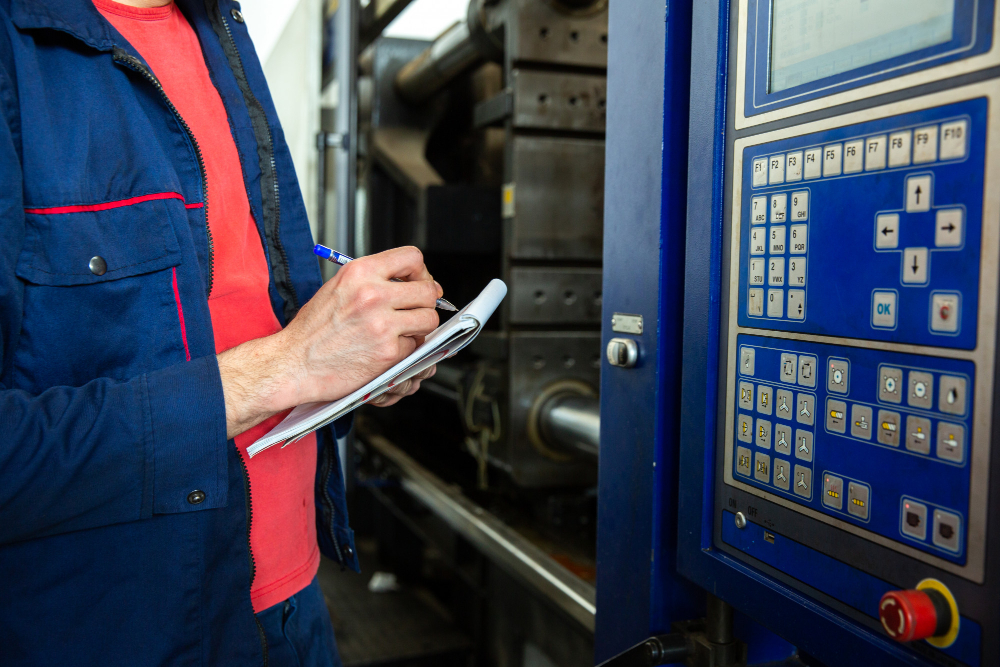The manufacturing industry is currently experiencing a technological revolution that is redefining the boundaries of what is possible. Two of the most impactful technologies leading this change are CNC machining and additive manufacturing. Understanding their differences, advantages, and limitations is crucial for those in the manufacturing industry looking for the right modern method for casting prototypes and parts in aluminum.
Understanding CNC Machining
What is CNC Machining?
CNC machining, short for Computer Numerical Control, is a long-established manufacturing process used extensively for shaping and forming parts with high precision. CNC machining is a subtractive manufacturing method that involves controlling machine tools through a computer program. Milling machines, lathes, and routers are among the machine types used, each controlled with high precision to subtract or remove material in order to shape it into the desired form. The process typically begins with a solid block of aluminum, from which excess material is removed to achieve a specific geometry.
Advantages of CNC Machining
- Superior Dimensional Accuracy: CNC machining still offers superior dimensional accuracy, making it ideal for applications requiring tight tolerances.
- High Volume Production: CNC typically produces high volumes of product faster than additive manufacturing, making it cost-effective for mass production.
- Material Versatility: This method can work with a wide variety of materials, including all types of metals, plastics, and even wood.
Common Applications of CNC Machining
CNC machining is commonly used in the automotive, aerospace, and medical industries, where high precision and reliability are of high importance. Components like engine blocks, aircraft landing gears, and surgical tools are frequently produced using this method.
The Emergence of Additive Manufacturing
What is Additive Manufacturing?
Additive manufacturing, commonly known as 3D printing, is a process that adds material layer by layer to create objects. This is essentially a reversal or opposite technique to the subtractive nature of CNC machining. This innovative approach constructs parts by adding material, often layer-by-layer, guided by digital models. It involves significantly less waste as compared to traditional processes, because materials are only used where needed. Common materials in additive manufacturing include plastics, resins, and increasingly, metals like aluminum, thanks to advances in technology.
Advantages of Additive Manufacturing
- Design Flexibility: Unlike traditional methods, additive manufacturing allows for intricate designs and complex geometries that would be difficult to achieve with CNC machining.
- Reduced Waste Production: This method is more sustainable, using only the material necessary to build a part, thus minimizing waste.
- Rapid Prototyping: Additive manufacturing enables rapid prototyping, which significantly reduces the lead time from design to testing.
Limitations of Additive Manufacturing
While the flexibility in design is advantageous, the process often falls short in terms of material properties. Additive manufacturing doesn’t yet match the strength and finish available from CNC methods, particularly in metals like aluminum.
CNC Machining vs Additive Manufacturing: A Comparative Analysis
Cost Considerations
CNC machining typically involves higher initial setup costs, but it does offer cost-efficiency for high-volume production. Additive manufacturing, however, is highly cost-effective for smaller batches or one-off prototypes due to its lower initial setup costs.
Production Speed and Efficiency
For high-speed production, CNC typically produces high volumes of product faster than additive manufacturing, especially for medium to large size products requiring substantial material removal. Conversely, additive manufacturing shines in the creation of complex, intricate parts where fewer material modifications are needed.
Material Properties and Diversity
When it comes to material diversity, CNC machining allows for a wider range of options, including metals and high-performance composites. Additive manufacturing is expanding in this area but is still limited relative to the scope of CNC methods.
Frequently Asked Questions
How does CNC machining differ from additive manufacturing in terms of waste?
CNC machining, as a subtractive process, typically involves significant material waste. In contrast, additive manufacturing minimizes waste by only using materials necessary to build the part.
Can CNC machining achieve better material properties than additive manufacturing?
Yes, CNC machining often results in superior material properties and finished surfaces compared to additive manufacturing, particularly in metals.
Which is faster: CNC machining or additive manufacturing?
CNC typically produces high volumes of product faster than additive manufacturing, especially for precision components with large material removal. Additive manufacturing excels in rapid prototyping but may be slower for high-volume production.
Are there any situations where both CNC machining and additive manufacturing are used together?
Yes, hybrid manufacturing strategies are becoming more common, leveraging the design flexibility of additive manufacturing with the precision of CNC machining for finishing operations.

